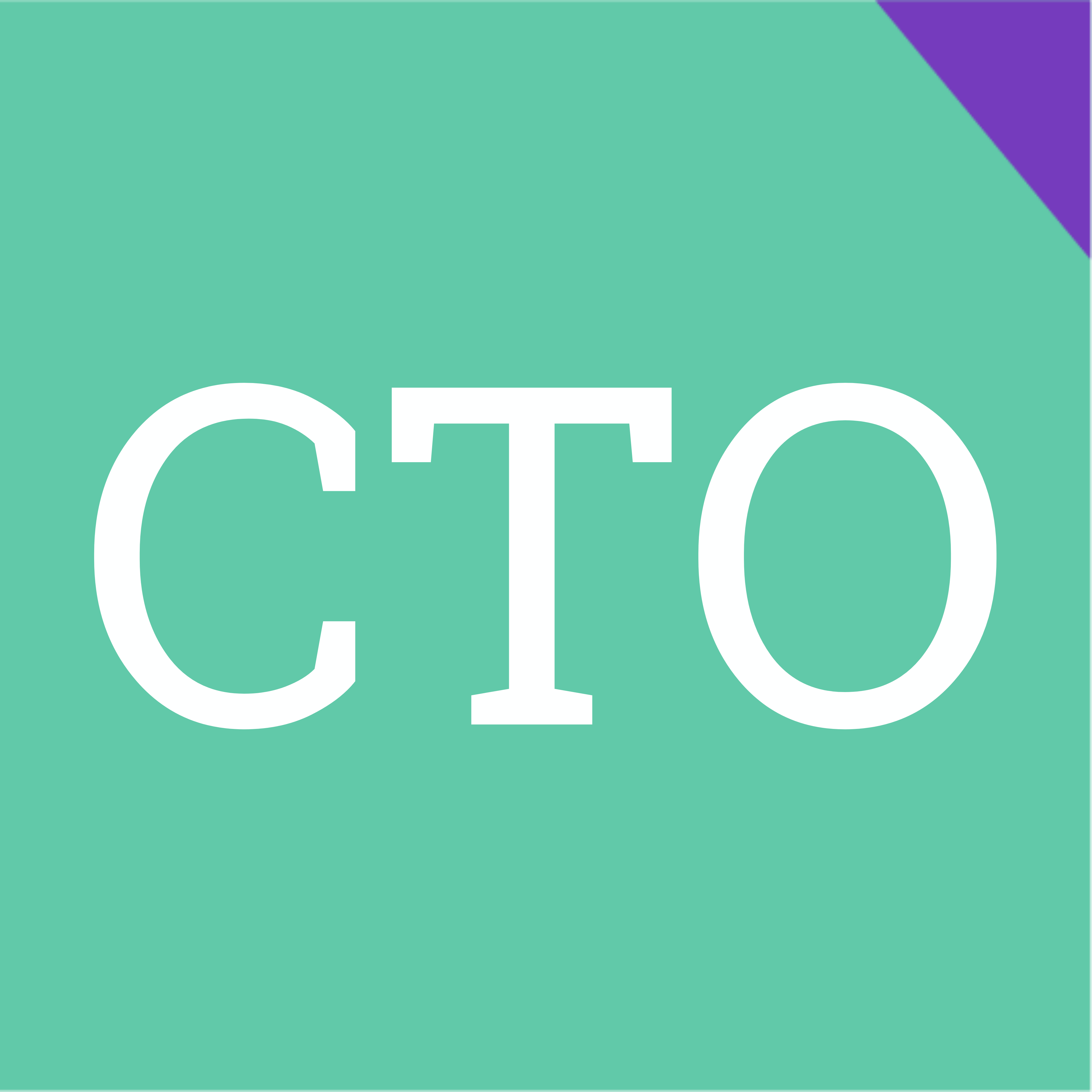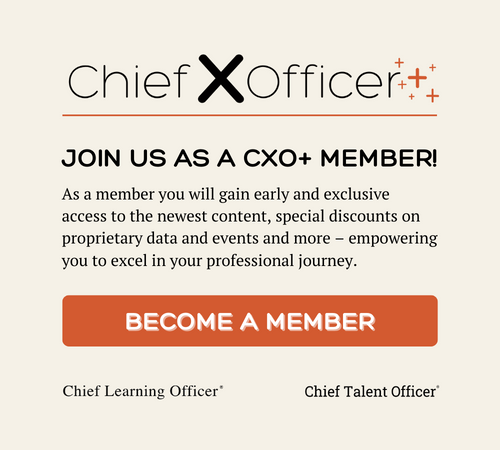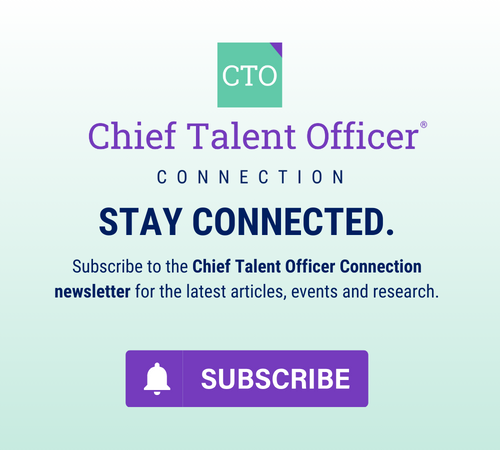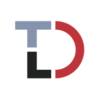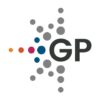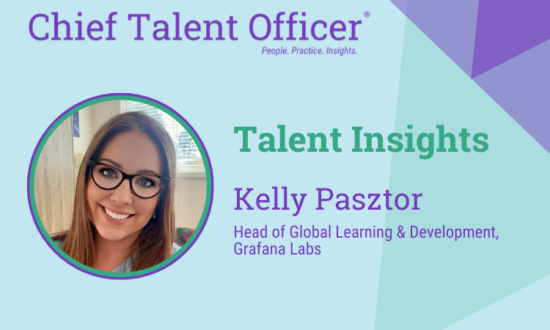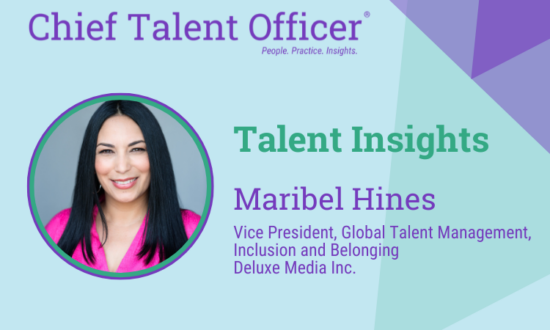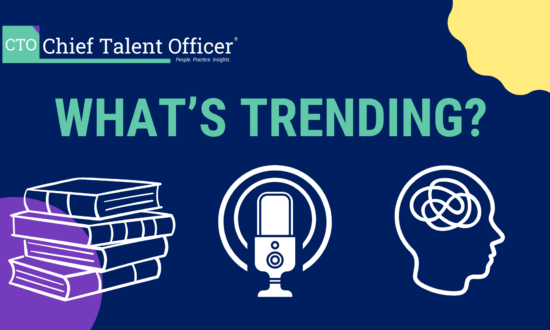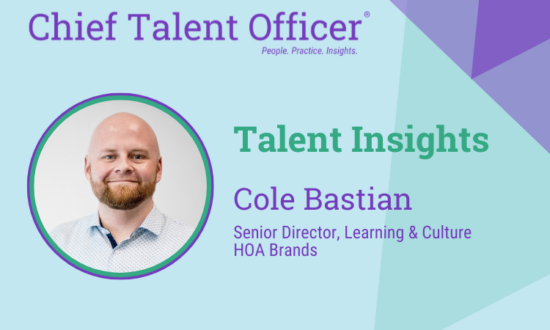In today’s hypercompetitive economy, enterprises are increasingly looking to transform their value propositions through strategies, people and resources and build those capabilities in the most sustainable way. They are exploring innovative approaches to closing the gap between human capital strategy and execution to achieve business goals. One primary avenue impacting business outcomes is addressing the organization’s talent management strategy and processes.
Failing to continuously refresh talent management strategies and processes will lead to:
- Inadequate or poor talent structure and processes in employee development
- Inadequate organizational performance support system for talent development
- Loss of productivity and associated business issues
- Inadequate or insufficient employee experience
- Inadequate HR service delivery to internal and external customers
- Structure and processes misalignment
- Strategy and execution gaps
Common approaches for improving the talent management process:
- Employee training and development tools implemented and targeted workplace activities to build talent capabilities
- Process streamlining to standardize the talent review and onboarding processes
- Adopting performance indicators and people analytics for tracking business outcomes
- The enhancement of talent retention approaches by incorporating total rewards schemes
Why are those approaches not ideal in the long run?
Every enterprise has unique propositions in its line of business. Without a deliberate strategy to redesign or enhance the existing talent framework, it may not integrate well for the organization to operationalize.
While each mentioned approach has merits for the organization in achieving more effective talent management outcomes, any attempt to implement all at once can be detrimental to the business and its workforce.
We must examine the challenges of talent management processes as a whole, not just the sum of its parts. Hence, enterprises need to regularly review and actively redesign and enhance their talent management to:
- Anticipate and plan for changes in organizational and workforce needs
- Ensure proactive talent management and succession planning to align with changing business needs
- Improve the organization’s agility in human resource capability
- Protects critical operational requirements, thereby reducing business risks
- Formalize development structures that retain talent and institutional knowledge
Before the talent management redesign, it is imperative to have a concrete understanding of the critical challenges in the human capital context:
- Lack of access or adequate talent pool
- Inadequate structure to retain talent
- Lack of critical role identification and definition
- Lack of strategic alignment in the process
- Lack of skilled employees
- Development plans not tied to specific talent pools
With the above considerations, I have holistically adapted an evidence-based and structured framework for redesigning talent management. Enter the DMAIC framework. It is complemented with suggested methods and tools that can be applied to redesigning an enterprise’s talent management processes.
What is DMAIC?
The American Society for Quality refers to “Define, measure, analyze, improve and control” as a data-driven quality strategy used to improve processes. DMAIC is an integral part of the Six Sigma initiative. It can be applied as a standalone quality improvement method or as part of other process improvement initiatives. DMAIC is applicable to enterprises for data-driven improvement cycles used for refining, optimizing and stabilizing business processes and designs.
My company has extended the DMAIC framework to talent management in our consulting services with many client organizations. The outcomes were impactful for enterprises to continuously improve, not just in talent management but also in other areas of human capital such as talent attraction and strategic workforce planning.
The following diagram is an adapted DMAIC framework for process redesign in talent management:
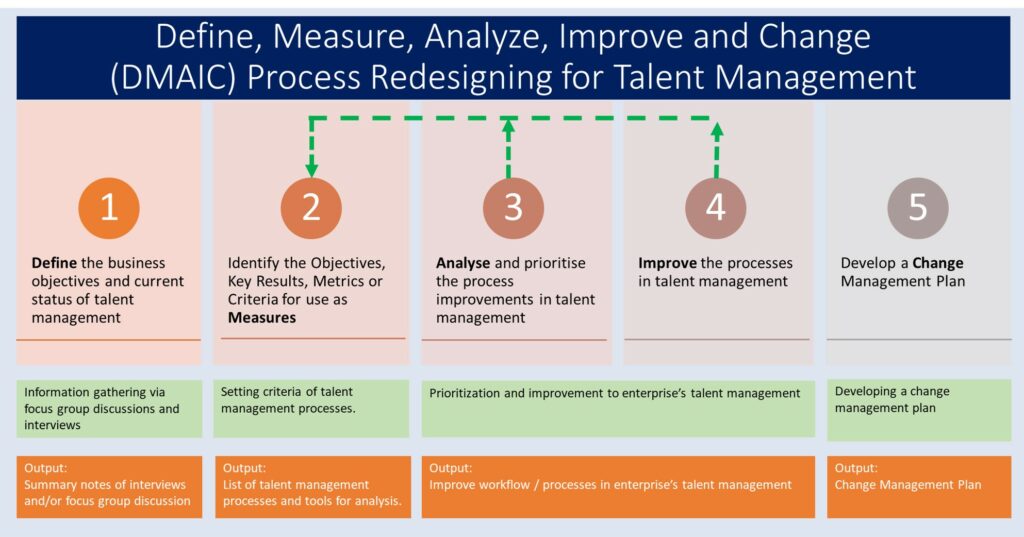
As shown above, the DMAIC phases should not be taken as just a linear process. Phases 2-4 are iterative and involve all impacted stakeholders, from management to operation, to collaborate in the improvement processes to produce the desired outcomes.
Inside this adapted DMAIC for process redesign:
- there are tailored, data-driven tools used for talent identification, assessment and development.
- there is a data-driven improvement cycle used for refining, enhancing and stabilizing business processes and designs.
- there is a set of customized insights gathering and co-creation of succession planning roadmaps that align with long-term business needs.
The following table summarizes each phase’s goals, suggested methods, tools and considerations when adapting the DMAIC for the talent management process redesign.
| Phase | Goal | Suggested Methods/Tools | Considerations |
| Define | Define the problem statements clearly | Affinity Process / DiagramVOC (Voice of the Customer) Matrix Fishbone Diagram | What are the business objectives?What is the current process of talent management and succession planning?Who are the stakeholders involved in the process?What are the metrics used for talent management and succession planning?Is there a review process presently for talent management and succession planning?What are some critical issues when doing talent management and succession planning?How do you know if the problem statement is correctly defined?Does it align with your business goal / objectives?Does it impact your business (Business-As-Usual) if you don’t address it?If you address it, how does it enhance or improve your business? |
| Measure | Identify the process improvements that are required | Process Mapping (Swim Lane Diagram)Value Analysis (Value Stream Map) | What to identify for the ‘As-Is’ process(es) for critical improvements based on the problem statement?What would you measure? |
| Analyze | Explore the various tools / methodologies to optimize the current talent management processes | Process Mapping (Swim Lane Diagram)Value Analysis (Value Stream Map)Stakeholder requirements for Strategi5 W 1H analysis | What would be the critical process improvements to be analyzed? How is it done for the ‘To-be State’ to be effective?What would be the prioritization for improvement process(es) of Talent Management?What would be the business case for stakeholder buy-in for this process redesign? |
| Improve | Improve the new talent management process | Impact-Effort Prioritization MatrixRACI Matrix or Chart (Responsible, Accountable, Consult, Inform) | What are the goals for the improved process(es)?What are the task definitions, parameters and completion?Who are accountable and responsible for the implementation and adoption?What does the new redesigned process or workflow look like? |
| Control / Change | Develop a change management plan | Adopt either of the following change management plans: ADKAR (Awareness, Desire, Knowledge, Ability, Reinforcement) change modelJohn Kotter 8-Step change managementKurt Lewin’s model of change mgt (Freeze-unfreeze-refreeze) | What critical inputs and parameters for the change management plan to institute improved company talent management processes? (To make the change stick and be sustainable) How to effect the change? What are the risk management actions?What communication channels and action steps would be to present the change management plan to organization stakeholders? |
Some HR metrics are used in this DMAIC framework for redesigning talent management processes:
- Talent mobility
- Talent turnover
- Talent distribution
- High-potential talent
- Cost to hire
- Time to hire
- Time to full productivity per Full-Time Equivalent (FTE)
- Training spend and ratio
- Exit interviews
These metrics provide an evidence-based approach to examining the “as-is-state” and “to-be-state” of the talent management process and choosing tradeoffs when developing the improvements for the desired outcomes.
For any process redesign to succeed, it is critical for leaders to engage impacted stakeholders in almost every stage of the design process, communication and feedback. The work is not done yet, even after the last DMAIC phase; instead, it is a continuous path in enabling organizational learning and improvements of the talent system. The strategies outlined here require commitment from all stakeholders to make the necessary adjustments to achieve the desired talent management outcomes.

